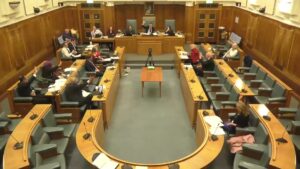On Tuesday night (20/02/2024), we overturned 17 objections on behalf of one of our clients. This included two objections from local ward councillors to get over the line with a unanimous decision at the local planning committee.
Here’s my meditations on the process and the lessons learnt.
The planning process is a difficult beast. It merges national policy with local policy, involves many different contributing departments, and then just throws in opinion for good measure. It can seem very “Grey Area” at times but that’s democracy front and center.
- NPPFA good planning consultant that knows the National Planning Policy Framework (NPPF) should be able to interpret and make recommendations. But even then, it doesn’t mean it will be followed. On another application with the same authority, the process wasn’t followed at all by the planning officer.
- Ecology
As we were doing some demolition and an extension, one of the key elements of the application was an Ecology survey, specifically for bats. We gave the surveyor the whole site address and the survey came back as low risk. Any risk means the planning office have no choice but to reject your application until you can do a “Roosting Season” survey. Roosting season is from May and as our application was in October, this could have seriously delayed the project. It’s worth noting the area for potential roosting was not the bit being demolished, so we were able to go back and redo the survey to highlight this was accepted. The lesson here is to be specific with your surveyor on the proposed development.
- Process
Following the initial submission, your application needs to be validated, there may be items (like the Ecology survey) that need to occur before this happens. This is usually 28 days or quicker unless there are requirements. Next is the actual planning process, which is where you will be given a potential determination date. Ours was 8 weeks. It is worth getting in touch with the planning officer and building a solid relationship.
- Application
It may seem off putting this after the previous points, but it was only at this point did we start to receive feedback. Therefore, it’s worth noting our application was quite in-depth on the statutory things: building regs drawings, waste management, policy outline, etc. However, we didn’t consider the human factor. So, although our application was clear that we were doing an all ensuite HMO, it didn’t give an indication on overall quality and tenant type. We, therefore, put a subsequential follow up document including images and details regarding the typical tenant profiles we would like to attract.
- Door-to-Door Consultation.
We always get leaflets printed and go door-to-door on planning applications to introduce ourselves, leave some contact details, and talk about the development. This obviously opens us to criticism, but it was notable that any objections received were not from the local neighbourhood. Instead, it was ward councillors who seem to object to everything. This was a key element in getting a unanimous decision.
- Objections
We had 17 objections, including the two councillors. There is a difference between a ward councillor, and the elected council members that sit on the committee. It is notable that several of the objections could have been dealt with if we had considered the human factor as detailed above. However, the threshold for this authority was only two were allowed before going to committee, so it’s a low barrier. We followed up the objections with a detailed response to each, which the planning officer really appreciated and even used as part of his decision to recommend approval.
- Officer Recommendation
This is crucial. If the planning department recommend you for approval, it is very difficult for the committee to say no. Even if they do, it is shown about 70% are successful on appeal. Therefore, if it goes to committee with approval, you stand a solid chance. If they don’t recommend you for approval then you should consider withdrawing the application first or if you are convinced, push through to committee. You should be given the opportunity to withdraw, but sadly not all officers follow good practice.
- Committee Meeting
It felt a bit like stepping back in time or being in “The Dock” (I imagine, I’ve never actually been there). The chambers we large, and there were lots of cases. This particular authority allows 3 minutes for, 3 minutes against, and 3 minutes for the ward councillor to speak. We focussed our 3 minutes on the objections received from the ward councillor and the merits of the project on the human side rather than the technical part. Once you are done, there’s a Q&A from the council members where the development officer from the planning department and representations from departments (Highways, Flood, etc). You can’t challenge this part, which was frustrating as there was a 15-minute flood discussion about why we didn’t have a flood risk assessment which one of the councilmembers brought up. This was an error as we did submit one.
- Final Comments and The Vote
The committee members can make amendments to the application as “conditions.” The vote then occurs, which can either be for, against, or a member can abstain. The previous item had votes for and against, plus some abstaining. They were still approved but suffered conditions such as the addition of sound proofing. They can also then make comments. We actually received praise on the application. We received no votes against, and one vote abstained so a unanimous vote to accept. Not bad considering we had 17 objections to overcome.




